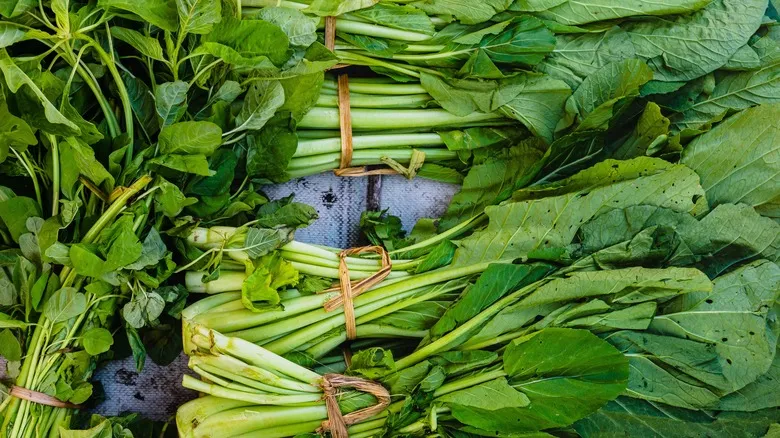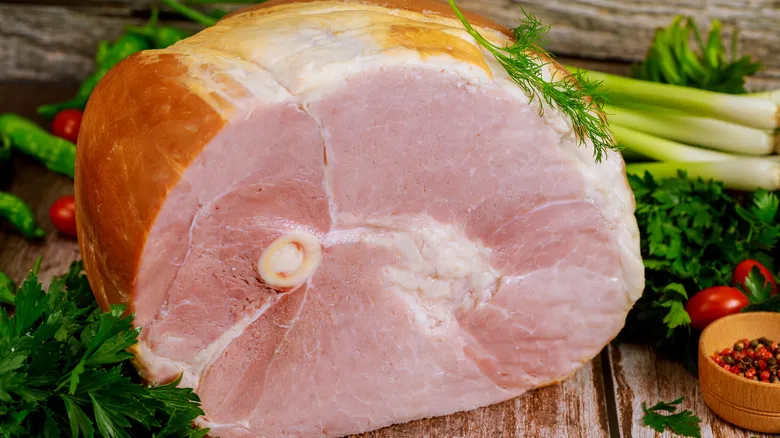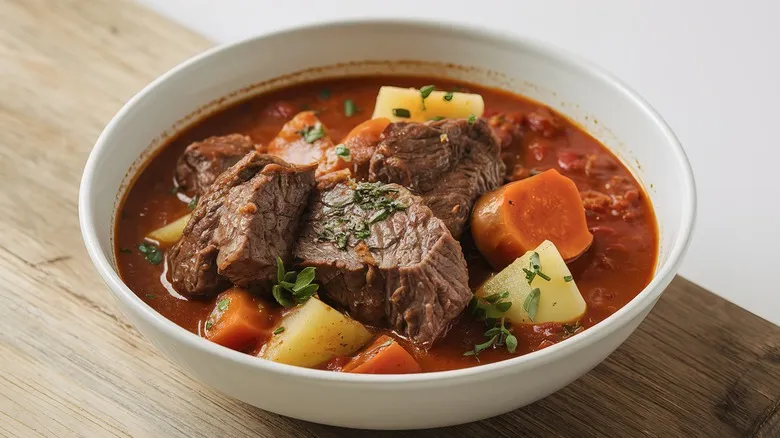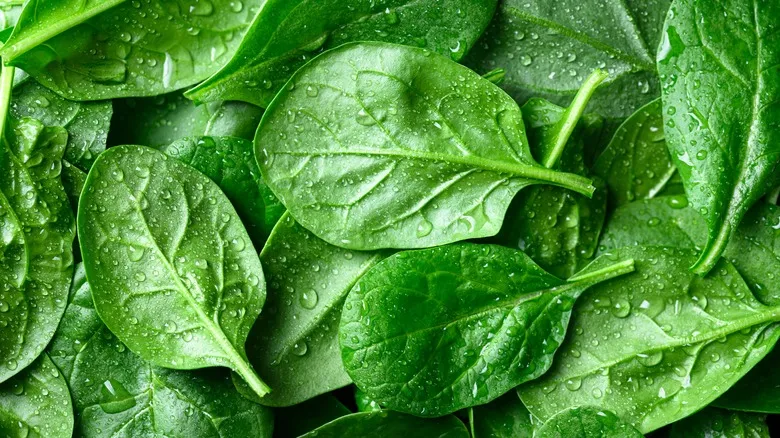Spinach signs to look out for

To begin with, the appearance of spinach can reveal a great deal about its quality. The color is a significant factor; fresh spinach should be a deep green. Leaves that are yellow or brown may indicate that the spinach is deteriorating or has already spoiled. Avoid spinach that shows any signs of decay, such as blemishes or damage. High-quality spinach should feel firm and exhibit minimal wilting—ideally, there should be no wilting at all. If you're purchasing prepackaged spinach, steer clear of bags that contain excessive moisture. For long-term storage, using paper towels is essential, as they help absorb moisture from the leaves and can slow down the rotting process.
Additionally, it's crucial to select spinach that aligns with your cooking requirements. If you're planning to serve spinach raw, such as in salads, opt for younger spinach, which features smaller leaves and more tender stems. For cooked dishes, choose mature spinach, characterized by larger leaves and thicker stems.
Recommended

Forget Butterflying Your Hot Dog, It's Time To Slash Them

Didn't Thaw Your Ham? Here's How To Cook It From Frozen

Mistakes To Avoid When Cooking Beef Stew

Guy Fieri's BBQ Sauces, Ranked Worst To Best
Next up

